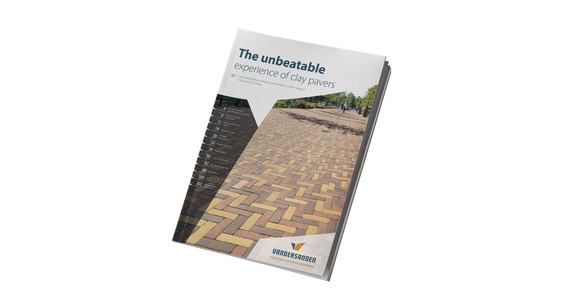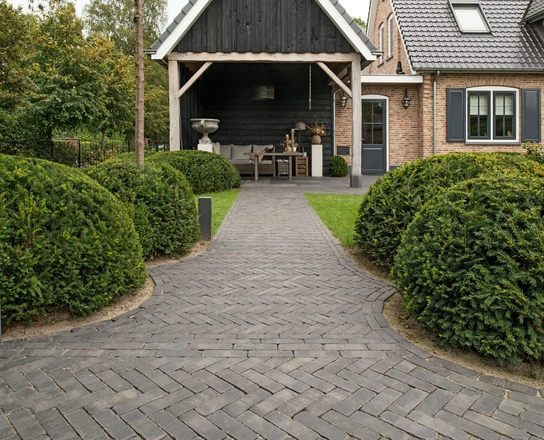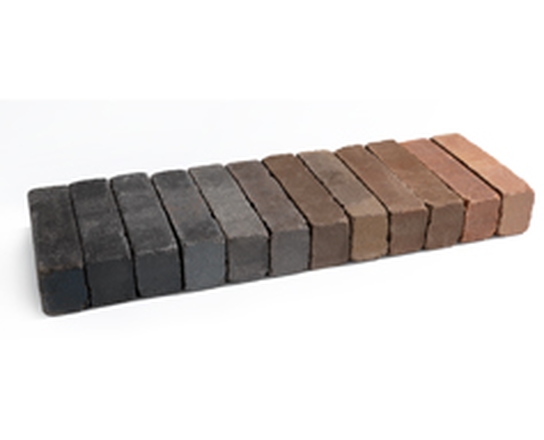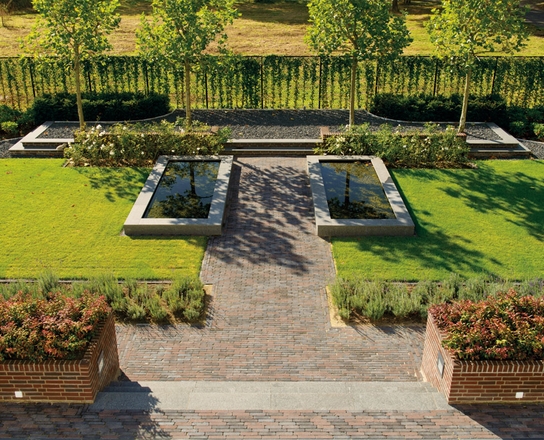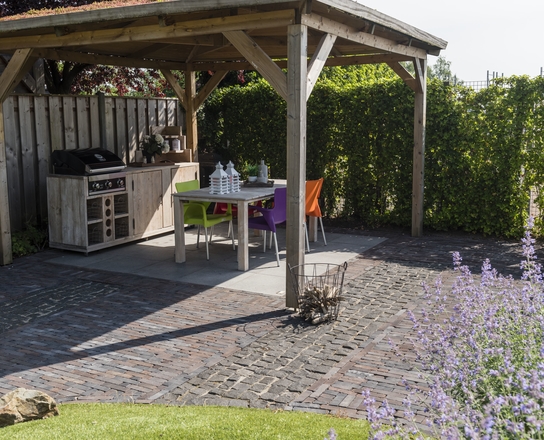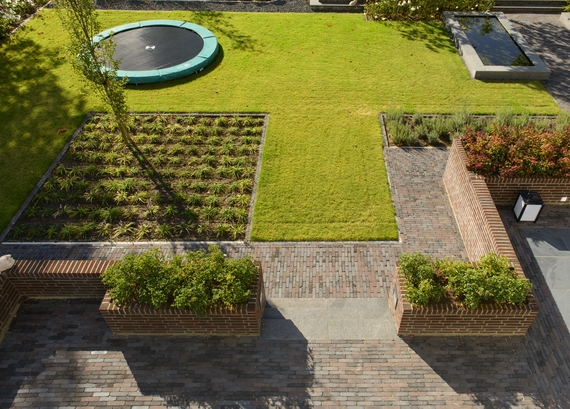
Variation in your garden with raised borders
Looking to add some variation to your garden? Raised borders give your garden more depth and focus. How should you go about creating an attractive raised border? What are the correct sizes, and which planting should you choose?
The positives of raised borders
A raised border lends a garden a particular atmosphere. The differences in height help to enhance the vibrancy of a garden. Even if your garden is small, a raised border can make all the difference. A raised border is easier to maintain than a regular border or flower bed. It’s much easier to access for weeding, which would certainly be beneficial if you suffer back problems. Another benefit is that a raised border allows you to change the soil type . Certain plants do less well in clay or sandy soils. You can upgrade the original soil type with peat. If you are concerned that the soil in your garden could be contaminated, a raised border is a great solution, especially if you are considering growing vegetables.
Dimensions and material
If you decide to build a raised border, there are a number of ways of approaching it. A wooden edge or rocks work well in a Mediterranean garden. Corten steel or concrete is better suited to a sleek and modern garden. Stylish black stacking blocks are perfect in any kind of garden. Vandersanden has designed stacking blocks especially for raised borders. The borders can make up a considerable chunk of your garden. A good ratio is two thirds greenery to one third paving. Combine borders of different heights for added dynamic. With our stacking blocks, it really is a piece of cake!
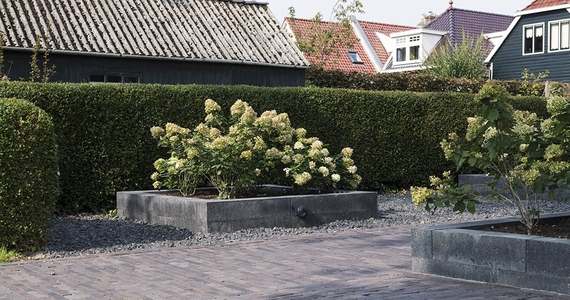
Stacking blocks
Our stacking blocks have the same great qualities as our clay pavers. They are a super-strong natural product made from clay, and it shows. They are colourfast and do not fade, in contrast to concrete blocks, which after a few years tend to be rather pale. Stacking blocks also fit nicely with greenery and flowers in borders. Moreover, our stacking blocks are also easy to work with. Adhesive or mortar are all that it takes to create beautiful garden borders of different heights, a raised pond, or a vegetable patch.. Their hardness is also good at preventing green deposits from forming, making them easier to maintain than porous rock or concrete stacking blocks.
Choose flowers and plants
The plants that you put in your new borders will depend on the soil type, sunlight, and your own preferences. Opt for a cheerful, colourful border with plenty of flowers or perhaps a garden border of ornamental grasses. Whatever you choose, make sure to include plants that will grow and flower at different times of the year. That way, you will be able to enjoy the colour and atmosphere all year round.
At the front of the border, plant low ground cover and fragrant flowers or herbs. At the very back, go for mostly taller plants. Ensure that everything flows smoothly from the low plants at the front to the taller plants at the back.
Read our blog about colours in your garden for further inspiration
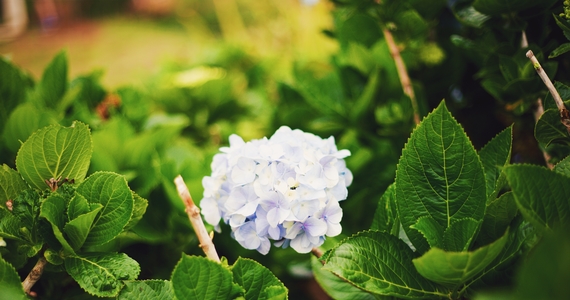
A fantastic end result starts with ideas and inspiration
You might already have a clear idea or design for your garden or public space project, or perhaps you want to have an idea of the options first. Wherever you’re starting from, it begins with inspiration, and we’d be happy to help you along the way. Be surprised by the endless possibilities offered by Vandersanden clay pavers and get a taste for the unparalleled appearance and authentic sense of experience.

